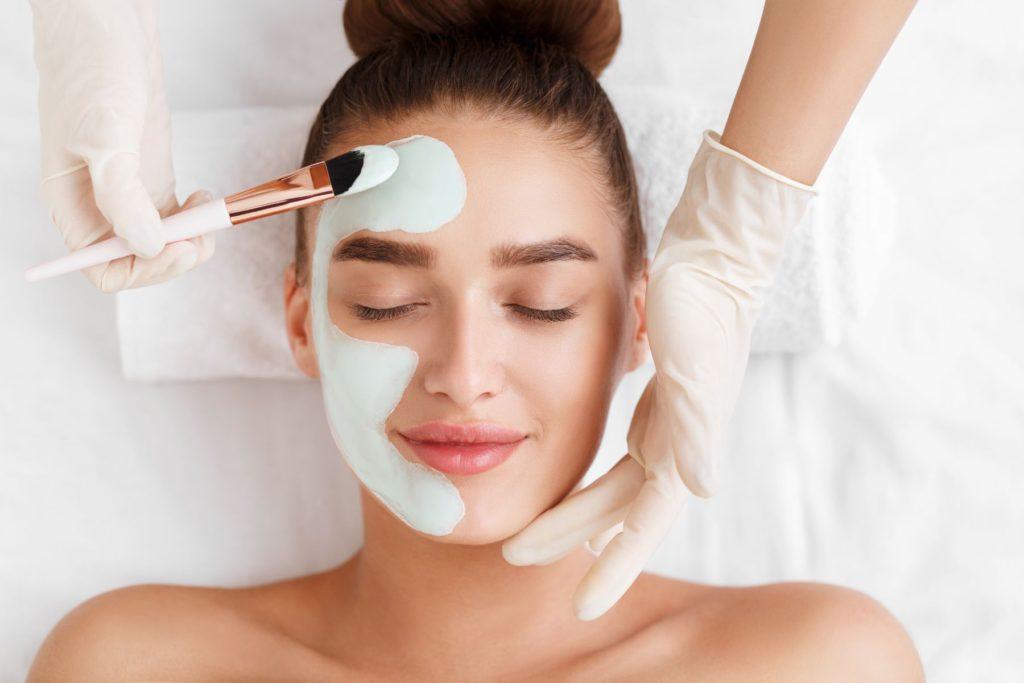Since ancient times, the basic principle of skin peeling has been used. Cleopatra is said to have bathed in sour milk, which made her skin very beautiful. Of course, we now know that the lactic acid in milk aided in the beautification process.
The goal of skin peeling is to cause a controlled injury to the skin so that when it heals, it becomes much more supple and clear. Skin peeling is the controlled injury to the skin caused by the use of medical solutions.
Peel is a term used to describe how the skin peels after a treatment, but this is not entirely accurate. In reality, most peels are very gentle and cause only a light exfoliation, which is not visible as ‘peels’ of skin coming off.
Who should think about getting a Peel Treatment?
Peel is a well-established treatment option for a wide range of issues. If you have any of the following conditions, you should think about getting a peel treatment:
- Concerns about skin texture and elasticity include Dry & Dull Skin, Open Pores, Reduced Elasticity, Sagging Skin, Skin Scarring, and Stretch Marks.
- Blemishes and uneven skin tone, Pigmentation Patches, Freckles, Melasma, Spots, Marks, Tanned Skin, Darkened Lips, Under Eye Darkening etc.
- Age-related issues such as facial lines and wrinkles, sagging, loose skin and volume loss, dry, dull, and patchy aged skin, and so on.
- Acne Scars & Acne
Are peels safe?
- Modern dermatology has made skin peeling much more efficient and safe. The companies that manufacture these solutions have rigorously tested them for efficacy and safety.
- Although the procedure is generally safe, I recommend that peels be performed only under the supervision of a qualified dermatologist.
- A common misconception about peels is that once you stop using them, the treated area darkens. This is completely false, and any darkening observed is usually due to prolonged sun exposure.
- Skin peeling is, without a doubt, one of the most commonly used procedures by dermatologists for skin rejuvenation.
What kind of peel is best for me?
Peels are classified primarily by how deeply they can penetrate the skin’s layers. The broad classification is as follows:
- Superficial Peels
- Medium Deep Peels
- Deep Peels
Obviously, the greater the effect, the deeper the peel penetrates. Please keep in mind that not all peels are appropriate for all patients and conditions. As a result, any type of skin peeling should be done only under the close supervision of an experienced dermatologist.
But, for quick reference, here are some of the most common and uncommon peels used, as well as the benefits of each.
Alpha Hydroxy Peels– These are the gentlest type of peel. These work to even out the skin tone and create a ‘glow.’
Beta Hydroxy Peels – These are commonly used to treat acne.
Retinoid peels– These are used to clear up the skin and even out the skin tone.
Combination Peels – These include medium to deep peels, and their use is best determined on an individual basis by a dermatologist.
TCA Peels – A dermatologist may recommend these peels for deep pigmentation patches. These are also medium-deep peels that should be handled with caution.
Caution: Never use peels on your own or without the supervision of a trained dermatologist.
What can I expect during and after a peel?
- The procedure is straightforward and relaxing. The aesthetician will clean the treatment area thoroughly before applying the peel solution, which will be left on for the specified time (generally a few minutes, as directed by the dermatologist), and then cleaned.
- When the peel is applied, the patient experiences a mild stinging sensation. The procedure is usually followed by a cleansing and hydration process.
- Depending on the peel used, there may be visible residual redness of the skin or, in some cases, actual peeling of the skin over the next few days. However, this is to be expected as part of the rejuvenation process.
- The best results are seen between the next day (for milder peels) and the next week (for stronger peels).
- The end result is an improvement in skin health, with the skin feeling fresher and more supple, as well as a reduction in the condition being treated, whether it is pigmentation, scars, acne, or any of the other conditions mentioned.
- Peels, like most cosmetic procedures, are an additive process. When used on a regular basis, there is an incremental improvement with each session. And, yes, you will notice a visible transformation before long.
Finally, this procedure is one of the safest and most established skin rejuvenation procedures and should be considered as part of your skin rejuvenation treatment.


